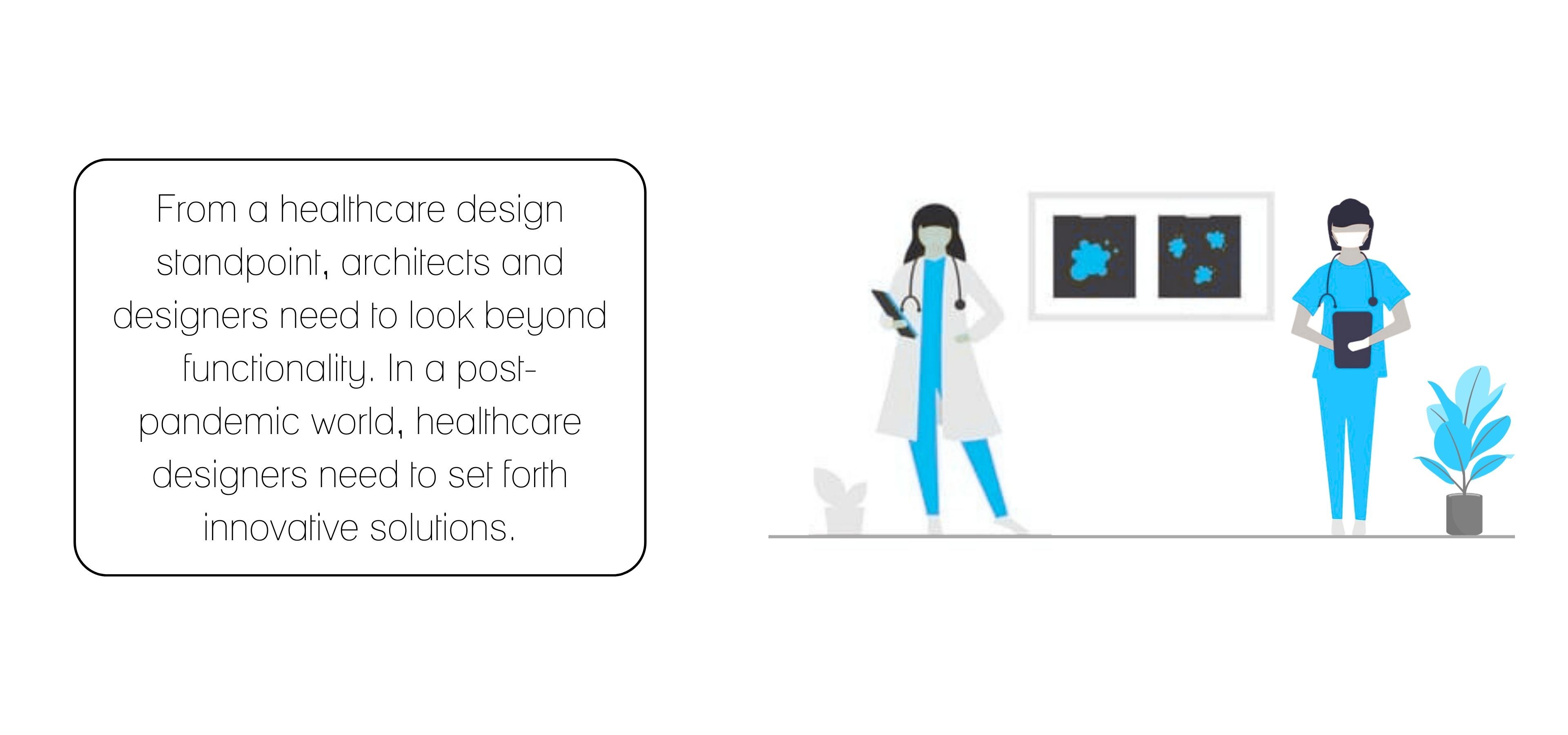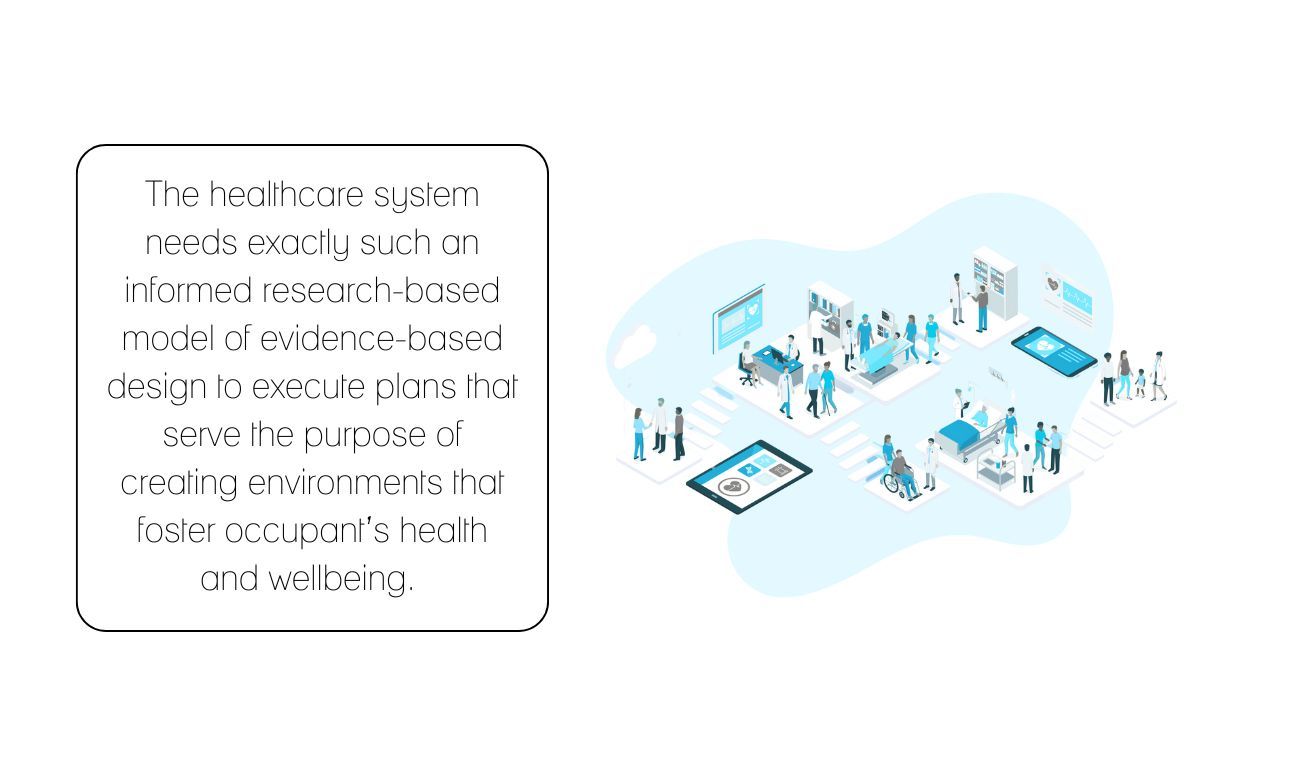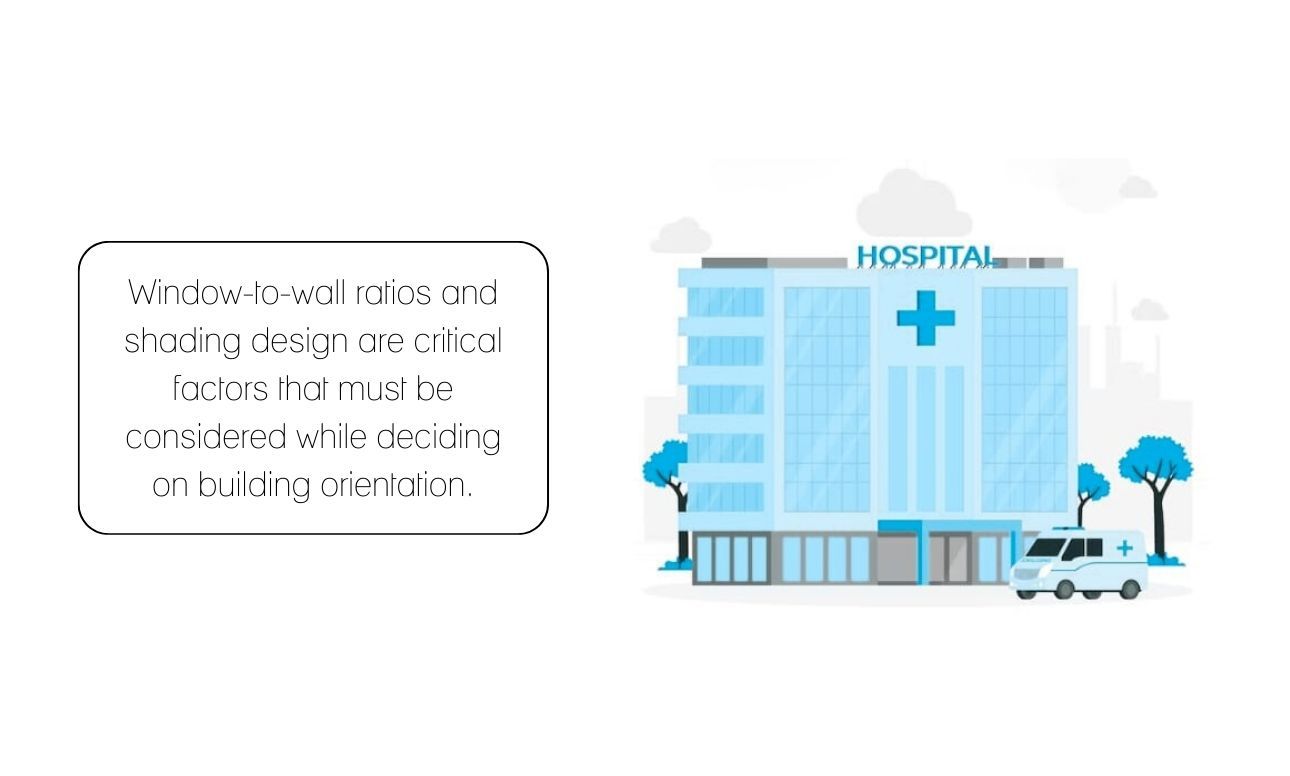

14-12-2021
Future-proofing Healthcare Systems in India Ravideep Singh

Over the last two years, the healthcare system in India has undergone tremendous stress, burdened by the two waves of the Covid-19. The pandemic has thrown light upon the fact that our healthcare system and infrastructure are in dire need of reform. While architects and planners focus on designing resilient infrastructure, medical professionals and policymakers must also bring about a few fundamental changes to create a healthcare system that can withstand future outbreaks.
During the design and planning phase of a healthcare ecosystem, designers, developers, policymakers and other stakeholders must consider two key principles — preventive health and wellness and equity in care delivery. To effectuate communal health and wellness, hospitals will need to focus on community integration and cultural penetration. Healthcare providers, policymakers and designers should collaborate to design communal spaces and programs that encourage interaction and educate the community about their health and wellness, such as maintaining healthy diets, self-monitoring etc. The goal must be to bring about a cultural reform such that the implementation of wellness strategies becomes a norm rather than a mere frill. Building certifications such as IGBC, WELL, FITWEL etc., should be made statutory instead of optional.
A plausible solution to mitigate equity in healthcare is to have more public-private partnerships for broader and robust outreach. Leveraging public infrastructure and cutting-edge, data-driven operational strategies from the private sector will help curate an ecosystem that is far more intelligent and responsive than what we have today. Currently, the Indian healthcare system lacks data that is key for prediction and innovation in care delivery. Healthcare analytics and unified data on patients, once available, can enable healthcare providers and designers to understand the social determinants of health. This data will allow them to curate tailored and definite policies based on regions, age groups etc., that focus on combating community-specific issues effectively. For instance, the high morbidity of cancer found in some areas of Punjab is linked to certain carcinogens such as uranium present in drinking water, infiltrated through excessive use of pesticides. Studies involving data and healthcare analytics, if conducted in time, can enable appropriate policy reforms, interventions, and programs for specific demographics, resulting in life-saving healthcare services.
From a healthcare design standpoint, architects and designers need to look beyond functionality. In a post-pandemic world, healthcare designers need to set forth innovative solutions that seamlessly blend altruism with technology to create a robust ecosystem, the benefit of which is bifold. These solutions will render high-quality medical care to those in need and focus on patient safety, satisfaction, and comfort at present. Additionally, it will streamline future care delivery by constantly collecting and analysing patient data through tech-enabled infrastructure.
The future of healthcare is digital, period. To augment a seamless transition to digital and smart care delivery, healthcare designers should incorporate research in care delivery and equipment technology and analysis in the planning stages, resulting in flexible infrastructure. This is critical since diagnostic, surgical, or therapeutic procedures rapidly evolve with the changing technology and care delivery model.
With these reforms in policies, design and planning, the future of healthcare looks promising. At CDA, we work with medical professionals, healthcare workers and stakeholders to design robust hospitals, steering towards a future-proof healthcare system.













